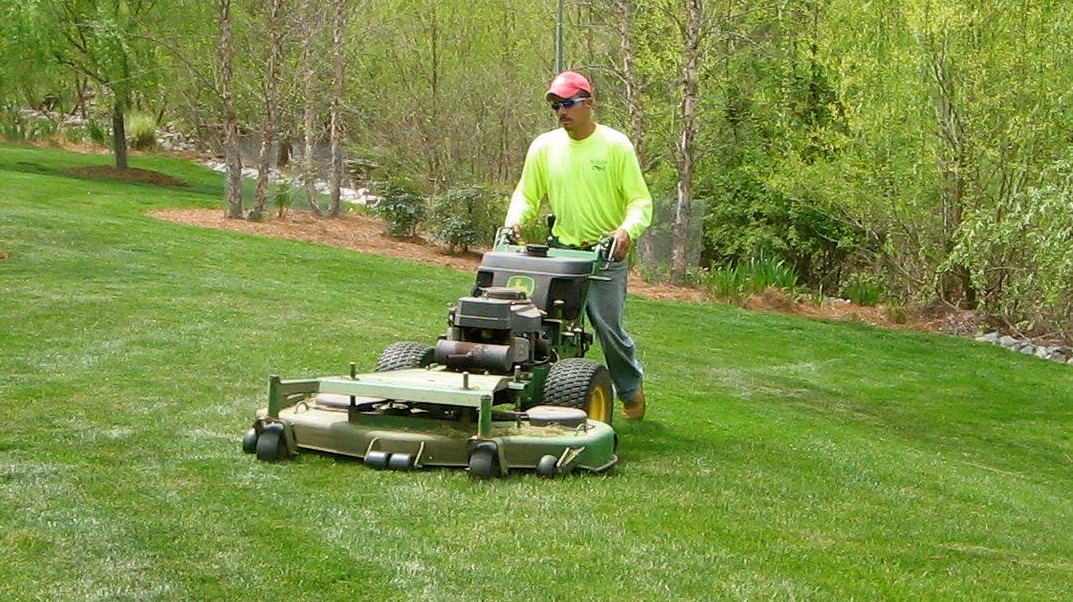Seasonal Lawn Maintenance: Activities During Time of Year

A vibrant, healthy lawn is typically the heart of a charming home, offering a place for friends and family gatherings, barbecues, and some needed relaxation. But, achieving and maintaining that picture-perfect yard requires more than just routine mowing. Seasonal lawn care is crucial to ensure your grass remains healthy and lush throughout the seasons. Each season presents different challenges and possibilities, making it necessary to adjust your lawn care routine accordingly.
In this resource, we will walk you through everything you should to know for a thriving yard, from spring revitalization to cold-weather protection tips. Whether https://casinokeeda.com/members/stormlyre3/activity/818142/ wondering how to select the best grass types for your region or looking for advice on the best fertilizers, we've got you covered. You’ll learn about key practices such as aeration, bug management, and watering techniques that will help your lawn thrive in every season. Get ready to transform your yard into the envy of the neighborhood with professional advice and practical tips.
Seasonal Yard Care Fundamentals
Understanding how to tend your grass throughout the seasons is crucial for keeping a lush yard. In the spring months, your main focus should be on reviving the grass after the winter season. This entails a detailed cleaning of the yard, clearing debris, and checking for any damage. Applying fertilizer with the top fertilizers for a thick, vibrant lawn will help encourage growth as your grass wakes up. Additionally, it's the ideal time to aeration your lawn and test your soil to ensure your lawn has the nutrients it needs.

As the summer heat sets in in, it's important to keep your grass healthy and well-watered. You should set a steady irrigation schedule and stay aware of the signs of too much water and underwatering your lawn. During hot months, consider using green irrigation tips like rainwater collection for watering. Alongside this, keep an eye out for typical lawn pests and take preemptive measures to prevent them from damaging your grass.
When fall arrives, getting ready for the cool season is key. Your fall yard care routine should include aeration the soil once again, seeding again to fill any gaps, and using a fall fertilizer to help your grass store nutrients for winter. It is also crucial to remove dropped leaves, as they can suffocate your lawn if left unaddressed. As you move your lawn between the seasons, these actions will ensure it remains robust and prepared for the next cycle of development.
Widespread Lawn Maintenance Mistakes
One of the most mistakes homeowners make is overwatering their lawns. It might appear like a sound idea to keep the grass hydrated, notably during the scorching summer months, but excessive water can lead to root rot and promote the growth of undesirable plants. Instead of sticking to a strict watering schedule, it's recommended to evaluate the moisture level of the soil. A quick test involves pushing a screwdriver into the ground; if it goes in easily, the lawn most likely doesn’t need water. Aim for thorough, less frequent watering to promote strong root development.
Another recurring error is trimming at the incorrect height. Cutting grass too low can harm the lawn, leaving the soil to excess sunlight and making it vulnerable to weeds. Each type of grass has its optimal height, and following those standards helps your lawn maintain its well-being and appearance. Be sure to adjust the mower blades based on the season; for instance, in the early spring, you might want to mow a little higher to encourage growth without harming the delicate shoots.
Overlooking to aerate the lawn is another significant oversight. Compressed soil can choke grass roots and impede nutritional absorption. more helpful hints and allows water and nutrients to absorb deeper into the soil. Many homeowners neglect this task, thinking it's only required for poorly draining lawns. However, even robust grass benefits from aeration to maintain a lush, green appearance throughout the season.
Grass Health Care Tips
Maintaining a vigorous lawn is essential for its longevity and appearance. Regular watering is key; you should aim for about approximately one inch of water per week, either through precipitation or irrigation. Modify your watering schedule according to the season, and try watering in the morning hours to minimize evaporation loss. To encourage strong root growth, ensure you water deeply and less often instead of shallow watering.
Fertilizing your lawn at the right times can significantly improve its vitality and lushness. A well-rounded fertilizer that includes nitrogen, phosphorus, and potassium is recommended. Spring and fall are ideal times for fertilization, as these seasons correspond with vibrant growth periods for most grass types. Be cognizant of the type of fertilizer you select, weighing the benefits of organic versus chemical options based on your lawn’s individual needs.
Weed and pest control is also an important part of lawn maintenance. Frequent check for signs of weeds and pests, as they can rapidly take over if left unchecked. Employ eco-friendly methods whenever possible to keep your lawn healthy without chemicals, such as hand-pulling weeds or adding helpful insects to target pests. If you have to use weed killers or insecticides, ensure they are suitable for your lawn species and apply them with caution to minimize harm.
